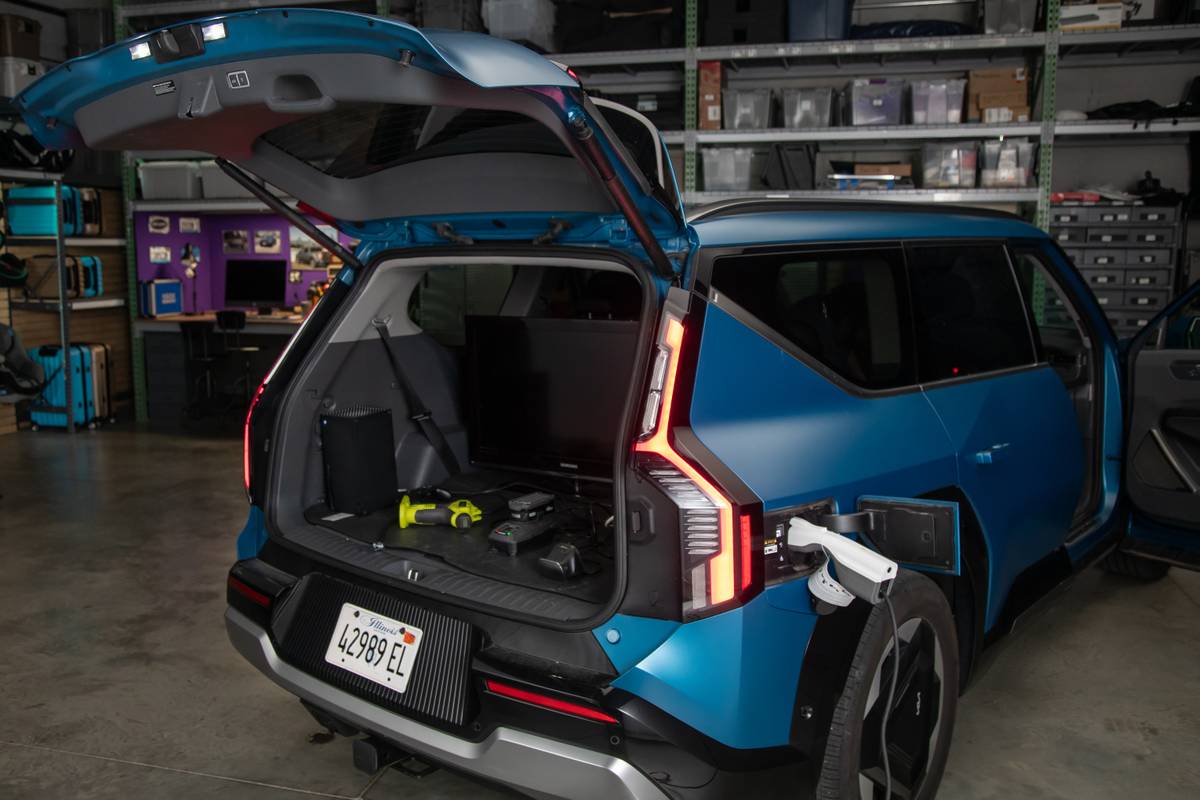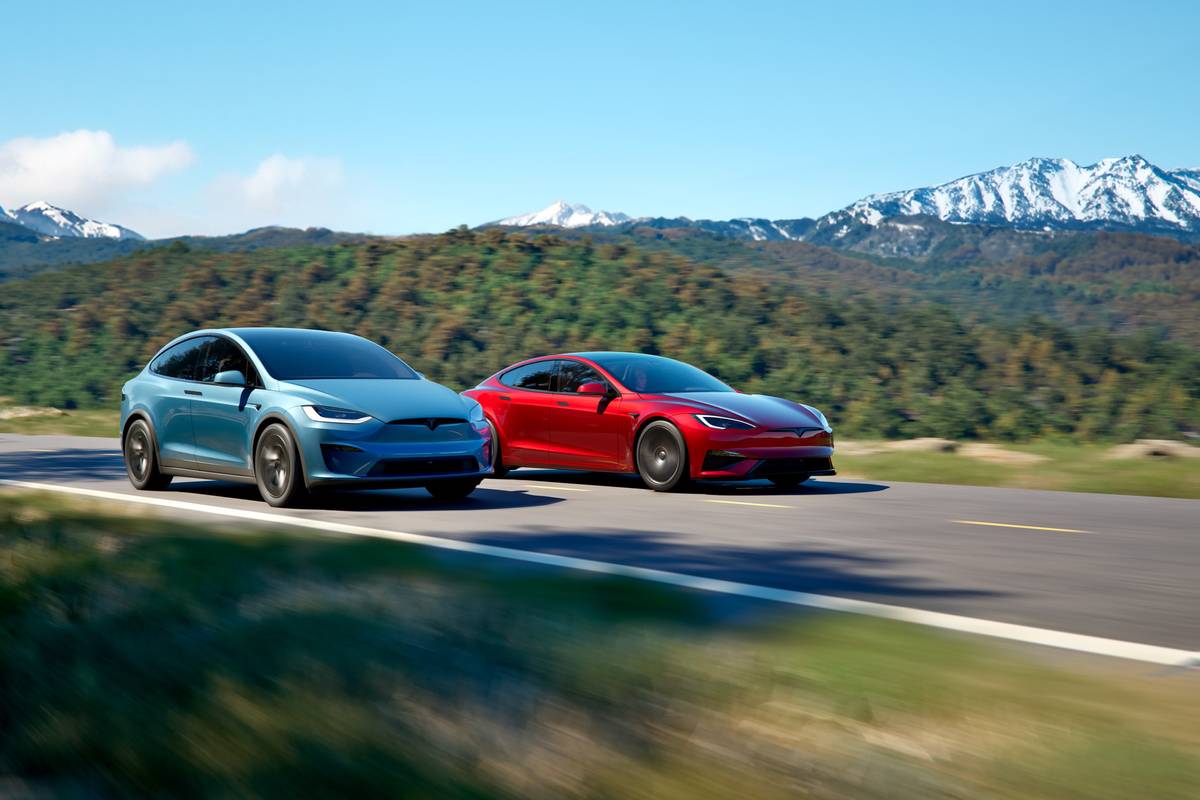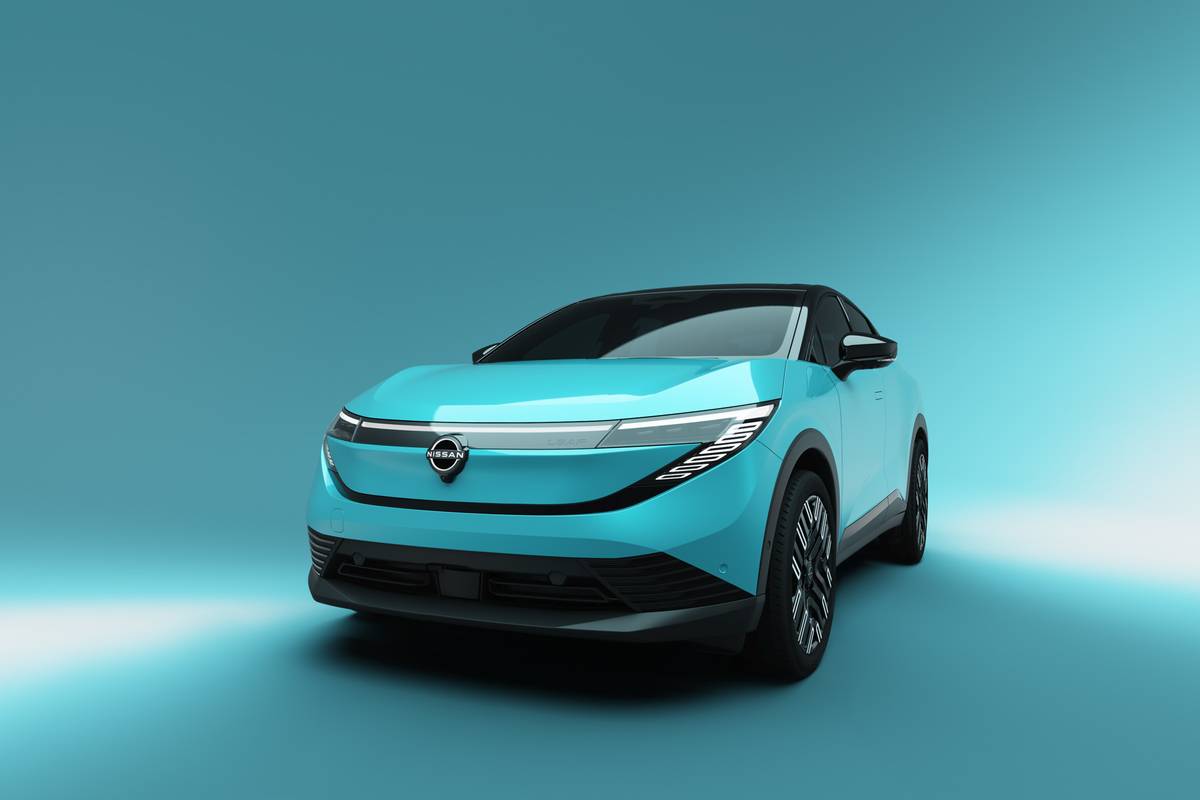Boston.com's view
The hybrid gasoline/electric vehicle has veered off course.
A technology I praised years ago as having great promise is being compromised by companies that are using the jolt of electricity to produce more horsepower and save some fuel, instead of offering just enough horsepower to save more fuel.
At least one company is offering an SUV with true fuel savings — Ford, with its Escape hybrid. I got 28.5 miles per gallon in more than 1,000 miles of my Escape adventure. The Escape’s Mercury counterpart, the Mariner hybrid, achieved 26.02 miles per gallon over the same distances, also admirable for an SUV.
Toyota’s Highlander, however, priced $3,000 higher than the standard Highlander, got only 22.9 miles per gallon, and that’s not enough to cover the up front costs.
Today’s test car, the 2007 Saturn Vue Green Line, joins the American lineup as a small SUV that is worth the approximate $2,000 premium. I got 26.2 miles per gallon, remarkable since its hybrid system is fairly benign. Hybrid systems can provide electric power at launch, extra boost while underway, and, in some cases, sole power for slow city crawling.
The Ford, for example, can creep on electricity under slow going. The Vue, however, never runs strictly on electricity. In fact, its 2.4-liter, four-cylinder gasoline engine — with 170 horsepower — gets what appears to be a 5 horsepower boost from the Saturn’s 36-volt generator/motor.
So how does this seemingly modest contribution account for the about 6 miles per gallon in fuel savings I got from this model as opposed to the standard Vue’s mileage?
The savings came on the highway, where the hybrid system, even assisting an engine a bit larger than in past Vues, ran with a green “ECO” sign even when I was traveling with fast cars in the fast lane. The ECO flash is this car’s way of letting a driver know fuel is being conserved.
With the recent introductions of its Sky sports cars and the Aura sedan (a full review is coming), Saturn is setting itself apart as a wing of General Motors that may represent some of the best cars being built by American companies.
I got a high-end version of the vehicle, which starts at about $23,000 — that’s pretty cheap for a hybrid.
The extras included leather seats, front-wheel drive (the only drivetrain available), and faux-chrome trim around the center control stack. It also meant a price tag of about $25,000 — still not bad for this package.
Standard fare included the antilock brake system, front air bags and traction control, but not side-curtain bags.
The ergonomics were delightfully simple, with a centered audio button that was big enough to turn with gloves on a cold autumn morning. The same goes for three large knobs that control climate. Touch-buttons were big and rectangular.
The grouping of basic functions on the center control stack was a useful feature. Windows up and down, mirrors, and door locks were all easy to reach in one place. It’s a refreshing departure from cars that scatter all over the cockpit what should be simple tasks.
General Motors has also done a nice job with the overall interior of the Vue: three different textures mark the soft-touch dash, door panels, and other areas. Dark slate, offset by gray, helps define dash and doors. The seats — flat and supportive though not particularly well-bolstered — are comfortable, though hard cornering tests occupants’ ability to sit flat and comfortably.
On the road, the Vue behaved much like a normal four-cylinder car. It had no trouble maintaining highway speeds, and pulled out with ease for passing. Only if the speed dropped to 55 or so did it take some time to get back up to speed. But you can learn how to drive with that in mind.
The Vue Green Line is not luxurious, but it is well-appointed for its price range. And as hybrid SUVs go, it is the real deal when it comes to fuel economy.
Royal Ford can be reached at ford@globe.com.
Latest news



